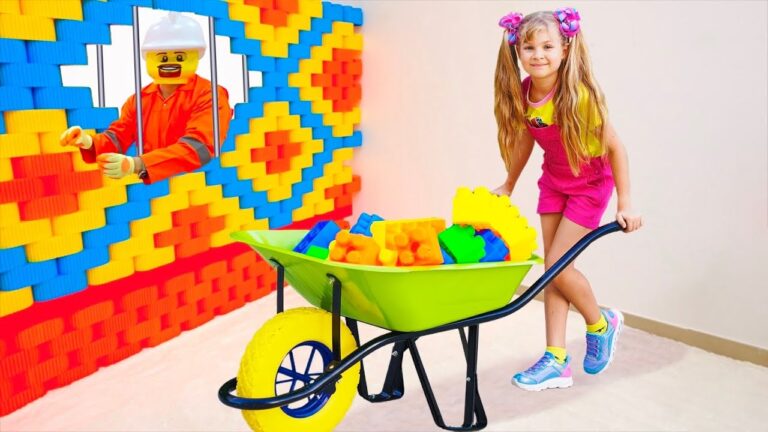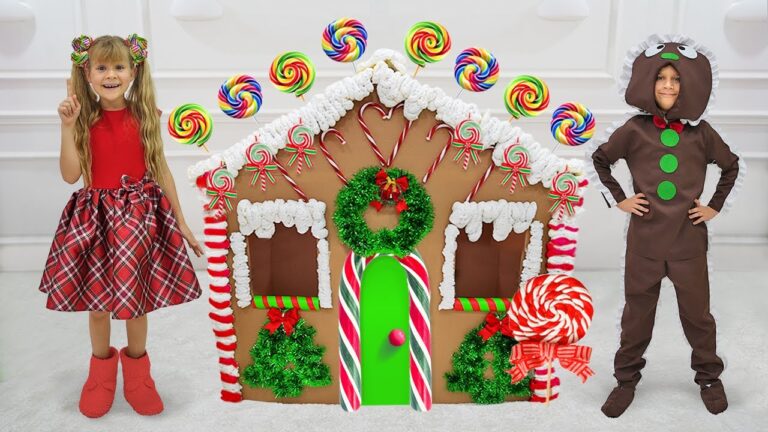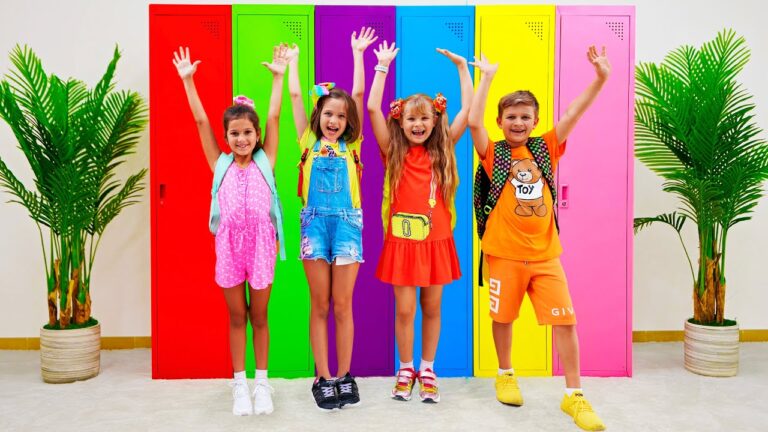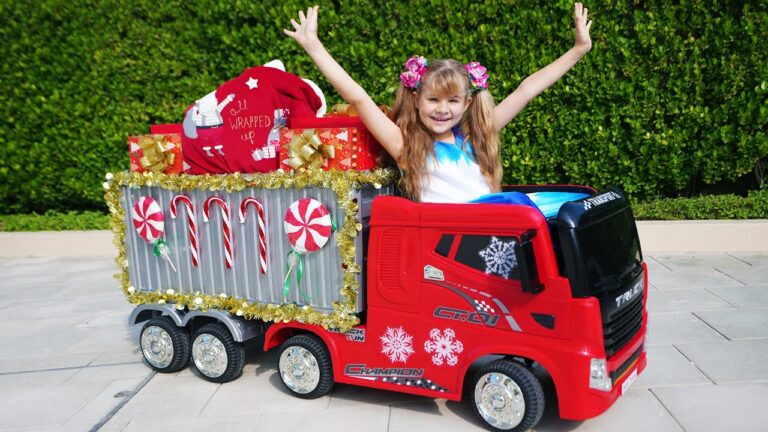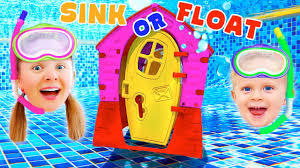
Sink or Float with Oliver and Mom - Cool Science Experiments for Kids

Materials Needed:
- A large container or tub filled with water
- Various small objects (e.g., a coin, a cork, a plastic toy, a metal spoon, a piece of wood, a rubber ball, an apple, a grape, etc.)
- A chart or paper to record predictions and results
- A pen or marker
Steps for the Experiment:
- Introduction:
- Oliver and Mom gather the materials and explain the concept of the experiment: they will test different objects to see if they sink or float.
- Mom explains that whether an object sinks or floats depends on its density compared to water.
- Making Predictions:
- Before testing each object, Oliver guesses whether it will sink or float and records his predictions on the chart.
- Mom encourages Oliver to think about why he thinks each object will sink or float.
- Testing the Objects:
- One by one, Oliver and Mom place each object in the water and observe what happens.
- They discuss the results and compare them to Oliver’s predictions.
- Recording Results:
- After testing each object, Oliver records the actual outcome (sink or float) on the chart next to his prediction.
- They note any surprises or interesting observations.
- Discussion and Learning:
- Mom explains why some objects sink (they are denser than water) and why others float (they are less dense than water).
- They talk about real-life examples, like boats floating and rocks sinking.
Educational Themes:
- Scientific Method:
- Teach kids about making hypotheses (predictions), conducting experiments, and analyzing results.
- Density and Buoyancy:
- Introduce basic concepts of density (mass per unit volume) and buoyancy (the ability to float).
- Observation and Recording:
- Encourage careful observation and the importance of recording data.
- Critical Thinking:
- Promote critical thinking by asking why certain objects behave the way they do in water.
Fun Extensions:
- DIY Boat Challenge:
- Use materials like aluminum foil, plastic containers, or clay to build small boats. Test how much weight they can hold before sinking.
- Layered Liquids:
- Experiment with liquids of different densities (e.g., oil, water, syrup) to see how they layer and how objects behave in each layer.
- Floating and Sinking Art:
- Create art by floating objects on the water’s surface and pressing paper onto it to make prints.
Example Dialogue:
- Oliver: “Mom, do you think this apple will sink or float?”
- Mom: “What do you think, Oliver? Remember, it depends on the apple’s density compared to water.”
- Oliver: “Hmm, I think it will float because it’s not very heavy for its size.”
- Mom: “Let’s test it and see! Place it gently in the water.”
